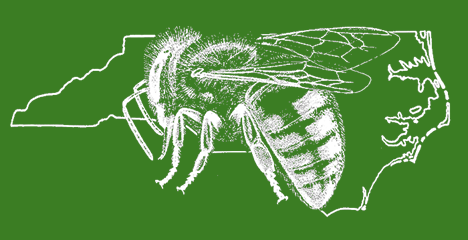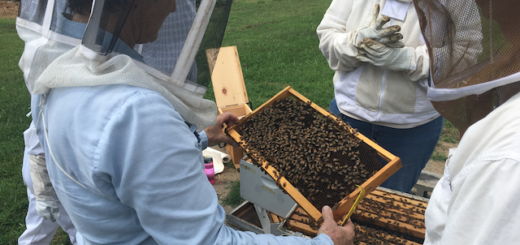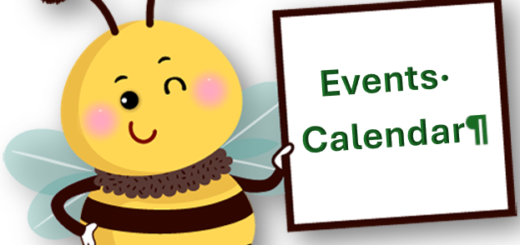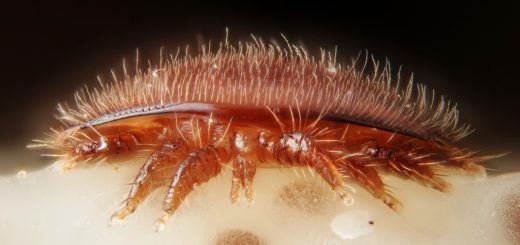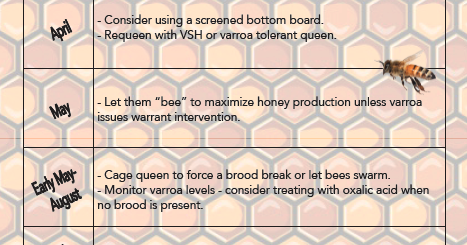Spring Nectar and Pollen Plants
By: Ulana Stuart, NC State Extension Master Gardener & CCBA member
Spring is here and I hope your bees have many nectar and pollen plants from which to choose!
This article will provide suggestions for some of the best North Carolina plants for nectar and pollen sources. I hope you can plant one or more of these plants to give your bees additional forage sites to visit.
Spiderwort
Let’s start with spiderworts (Tradescantia virginiana and T. ohioensis), native perennial plants that can grow 2-3 feet tall throughout North Carolina. Their triangular shaped bluish-violet blooms open in the morning and last only one day. Spiderworts have lots of buds to replace the daily blooms. Blooming starts in April and can last into July. They grow better in the morning sun with light afternoon shade and will need extra moisture if they are in full sun all day. They are easy to grow and will spread easily.
AMERICAN HOLLY
American Holly (Ilex opaca) is a 15-30 foot pyramidal evergreen tree that grows throughout North Carolina. The tiny white blooms start in April and continue through May. Holly grows best in full sun. For good pollination, you will need 1 male plant for every 3 female plants. Ask your nursery for guidance to make an appropriate selection. The blooms typically last 6-10 days. I have personally seen holly blooms literally covered with bees. As a bonus, the female plants produce beautiful red berries in the fall.
CAROLINA SILVERBELL

Carolina silverbell (Halesia carolina) is a beautiful (small, but can grow up to 30 feet) native tree that grows naturally in the mountains and a few parts of the Piedmont. It can also be planted and will grow easily throughout the entire Piedmont and into zone 8(9) of the Coastal Plain. In early April beautiful white bell-shaped clusters of 2 to 6 blooms often emerge before the leaves. Carolina silverbell grows best in well-drained, moist soil with sun or semi-shade light.
OAKLEAF HYDRANGEA
Oakleaf hydrangea (Hydrangea quercifolia) is a spectacular southeastern native shrub. It grows up to 4-6 feet in height and width in sun or partial shade. For optimal growth, use mulch to keep the soil moist. Oakleaf hydrangea blooms in May and into early June, with beautiful fragrant white (turning to pink) panicle blooms. These blooms are 10-12 inches long and last 7 to 10 days.
Black Locust
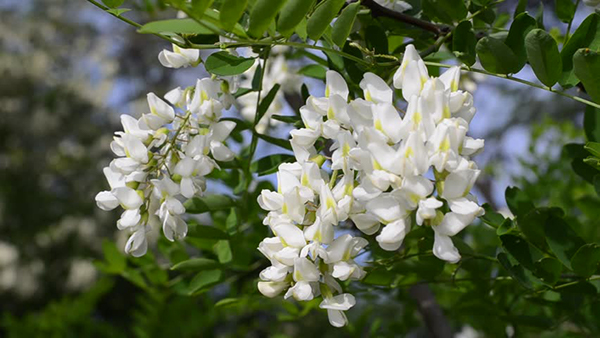
Black Locust (Robinia pseudoacacia) is a fabulous tree for large bee garden sites, especially along the edge of the woods. It can become somewhat weedy but bear in mind that it can produce the highest amount of nectar possible with lots of pollen to boot. Peter Lindtner tells us, “Every beekeeper should plant one black locust tree per hive in their garden.” The white, extremely fragrant, pea-shaped and pendulous flower clusters stand out against other trees, and their nectar produces a light-colored honey. Black locust is a member of the legume family, which naturally adds nitrogen to the soil.
Most of these plants have multiple cultivars or selections to purchase and are readily available at local nurseries. You can select the straight species or ask for a nurseryman’s recommendation. This is where a good nursery with knowledgeable staff can really make a difference. I recommend you purchase a hardier plant over a more ornamental version since hardy plants will typically withstand tougher conditions. While all of these plants grow well in all three regions of North Carolina, the bloom times will vary based on your location by approximately two weeks.
Sources: Honey Plants of North America by John Lovell, Garden Plants For Honey Bees by Peter Lindtner.
Reprinted Courtesy of NCSBANC Bee Buzz Magazine Spring 2018

